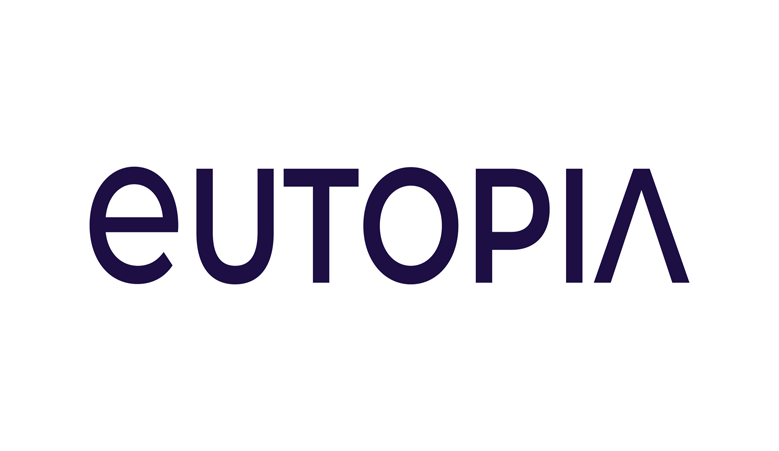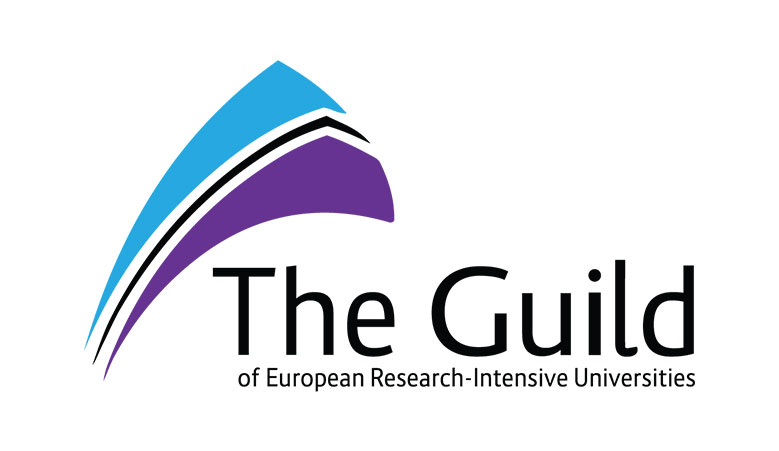Astronomical Observatory
About
In Transylvania, the study of stars goes back to the 15th century. The activity of Ioan Vitéz of Zredna (1408-1472), bishop of Oradea, is worth mentioning as he was in touch with famous astronomers of the time, such as Peuerbach and Regiomontanus. The Transylvanian humanist Johannes Honter (Honterus, 1498–1549) presented in his geography book, Rudimenta cosmographica (Krakow, 1530), the description of the universe according to Ptolemy's vision. The appearance of comets or the meteor showers, spectacular astronomical phenomena but also frightening for those times, were mentioned in books published in Transylvania by Gaspar Heltai, Wilhelm Misocacus or Stephanus Wolphard. Astronomy papers were published in the 17th century by Izrael Hübner and Samuel Kaposi.
In 1581, Stephen Báthory, Prince of Transylvania and King of Poland, established the Claudiopolitan Academy in Cluj, and following a papal act issued in 1583 by Pope Gregory XII a Jesuit seminary was attached to the Claudiopolitan Academy. With the development of the university, the field of natural sciences is becoming more and more important. The research tradition mentioned above prompted the urgent need to set up an astronomical observatory in Cluj. The development of studies and research in Astronomy, as well as the design and planning for the construction of an astronomical observatory in Cluj were made possible by two Jesuit monks: Nicolaus Ianosi (1701–1741) and Maximilian Hell (1720–1792).
The Jesuit monk Nicolas Ianosi, originally from Cluj, became a professor at the University of Cluj (1734–1739) after completing his studies in Vienna. During the above mentioned period, he established high-quality astronomy studies and initiated the first plans for a future astronomical observatory. The Jesuit monks appointed Maximillian Hell to come to Cluj in 1752 to continue the building of the astronomical observatory.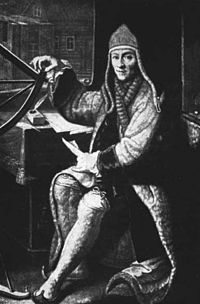
(1720-1792)
Hell designs a new plan for the astronomical tower and orders personally the high-performance astronomical equipment from Vienna. Throughout the years he spent in Cluj, Hell taught mathematics and astronomy at the Academia Claudiopolitana (by then Universitas Claudiopolitana) and began writing a series of monographs entitled Elementa mathematica naturali philosophiae ancillantia. Unfortunately, Maximilian Hell could not see his dream of having an astronomical observatory materialize at the University of Cluj because in 1755 he was recalled to Vienna, where he became director of the Imperial Astronomical Observatory, achieving remarkable scientific results in astronomy.
The work started by Ianosi and Hell was completed by Nandor Hartmann, a mathematics teacher who lived in Cluj between 1755 and 1769. With the completion of the new building of the university, the astronomical tower which housed the astronomical equipment (mobile quadrant, astronomical clock and telescope) brought especially from Vienna was also built. Unfortunately, on 31 August 1798 a strong fire devastated the centre of Cluj, causing great damage to the university and the astronomical observatory. The rebuilding of the university and of the new astronomical tower was laborious, and the astronomical tower remained standing until 1893.
Several years after the great union of 1919, plans of a new astronomical observatory in Cluj were resumed.
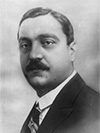
(1881-1941)
In 1920, the construction of a new and modern astronomical observatory started in Cluj on a practical and convenient site located on the (then) outskirts of the city. The Astronomical Observatory in Cluj was built between 1921 and 1934 on the site of today's “Sigma Center” (the name of the Observatory street was given precisely by the Astronomical Observatory, which operated here until 1977, when it was demolished and on its site was built the “Electrosigma” industrial ensemble).
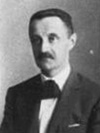
(1885-1969)
The initiative for building a new observatory came from George Bratu, mathematics professor, dean and vice-dean of the Faculty of Sciences, director of the Observatory of Cluj between 1919-1920 and 1928-1941. The first specialized scientific equipment: a Newtonian reflector telescope (50 cm mirror diameter), a Prin equatorial telescope (20 cm lens) and many astronomy books were commissioned through the efforts of Professor George Bratu and Professor George Demetrescu (director of the Observatory between 1921-1928). Since 1982 the Observatory operates in a new building located in the south side of the “Alexandru Borza” Botanical Garden.
The material assets purchased in 1982 consisted of: a Coudé-Zeiss refractor (150/2250) (located in the 600 cm Gautier-Prin dome), a Zeiss refractor (100/1000), a Zeiss sextant and a Zeiss theodolite. This equipment was added to the already existing one from the interwar period, which had acquired by then a heritage status (the above mentioned Newtonian telescope and the Prin telescope). In the 80s the Observatory was equipped with: 130 mm Reinfelder refractor, 15 cm “Vierlinser” astrograph (quadri-lenticular lens), 70 mm Frauhoffer refractor, a ‘lunette de passage” (for observing the celestial bodies crossing the local meridian) and a universal instrument (theodolite). From 2007, in a joint financial effort (of the Romanian Government and of UBB) the material assets of the Observatory have been expanded with the addition, following the purchase and installation, of a new 450 cm dome (PD 15 Technical Innovations), which houses a 30 cm Meade Schmidt-Cassegrain catadioptric refractor and a Coronado solar refractor equipped with a 60 mm Hydrogen Alpha bandwidth filter. Other purchases included: a SBIG spectrograph, CCD cameras of various types, a 26 cm Vixen reflector telescope installed in parallel with the Coude instrument in the old dome, telescope accessories, and a computer network. The Observatory owns a specialized library, which contains over 16,000 titles and is open Monday to Friday from 9.00 to 15.00.
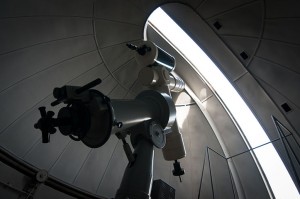
The astronomy classes are open to students of the Faculty of Mathematics and Computer Science and of the Faculty of Physics. The fundamental elements and specific elements are learned on the spot, where students participate in courses, seminars and laboratories. The activity within the Observatory is integrated in the research seminars on the topic “Celestial mechanics and space research” and “Structure and evolution of stars”, in research grants, in published journals and books, as well as in national and international workshops organized annually.
Since 2008 the Observatory organizes activities for the general public also. Visitors are welcome every Friday night, after dark, for a visiting tour of approximately 2 hours. It consists of an introduction (projecting a simulated configuration of the sky map of the moment accompanied by an explanation of the celestial objects that will be observed), and a practical, observational activity, using the existing equipment. (Ferenc Szenkovits - Director of the UBB Astronomical Observatory)Open hours
Since 2008, the UBB Astronomical Observatory houses weekly activities with the public, on Fridays and Saturdays. Entry fee is 4 lei. Access is free for UBB students and employees based on student ID or employee ID Pupils and students of other universities than Babeş-Bolyai University benefit from 50% deduction In addition to the regular visiting hours, the Astronomical Observatory is open for the public on the occasion of remarkable astronomical events.
Notable events which have recorded a large attendance include:
- the total lunar eclipse of 15.06.2011;
- a week of alternative educationȘcoala altfel 2012, 2013, 2014;
- the transit of the planet Venus 06.06.2012;
- the transition of comet C/2011 L4 PanStarrs near perihelion in March 2013;
- near Earth asteroids rendezvous (2011-2015).
2015 saw a series of notable astronomical events:
- the transition of comet C/2014 Q2 Lovejoy near perihelion, January 2015;
- the approach of asteroid 2004-BL86, three times the distance to the moon, 26-31.01.2015;
- partial solar eclipse of 20.03.2015;
- planetary lunar occultations;
- occultations of star Aldebaran by the Moon;
- partial lunar eclipse of 28.09.2015.
We are also looking forward to the week of alternative education Școala altfel, between 6 and 10 April 2015, groups organized by students who want to take the first steps to discover the secrets of the universe.
Main equipment
1. Meade RCX400 catadioptric reflector
| Parameters | Specs |
|---|---|
Optical design |
Advanced Ritchey-Chrétien |
Aperture |
305 mm (12″) |
Lens focal length |
2438 mm |
Focal ratio (exposure time) |
f/8 |
Separating power (angular separation) |
0.375″ (arc seconds) |
2. Coude Refractor 2250/50 mm
| Parameters | Specs |
|---|---|
Optical design |
Coude |
Aperture |
150 mm (12″) |
Lens focal length |
2250 mm |
Focal ratio (exposure time) |
f/15 |
Separating power (angular separation) |
0.9″ (arc seconds) |
3. Coronado SolarMax 60 mm solar refractor
| Parameters | Specs |
|---|---|
Optical design |
Meade refractor |
Aperture |
60 mm |
Lens focal length |
400 mm |
Focal ratio (exposure time) |
f/6.6 |
4. Vixen VMC260 reflector
| Parameters | Specs |
|---|---|
Optical design |
Modified Cassegrain design |
Aperture |
260 mm (12″) |
Lens focal length |
3000 mm |
Focal ratio (exposure time) |
f/11.5 |
Separating power (angular separation) |
0.45″ (arc seconds) |
Limiting magnitude |
13.8 |
History
The First Astronomical Observatory in Cluj-Napoca
Directors of the Astronomical Observatory:
| Name | Period |
|---|---|
1920-1923, 1928-1941 |
|
1922-1928 |
|
1941-1945 |
|
1945-1954 |
|
1954-1977 |
|
1977-1992 |
|
Professor Vasile URECHE (born 1934) |
1992-2000 |
Professor Vasile POP (born 1940) |
2000-2005 |
Associate professor SZENKOVITS Ferenc (born 1959) |
2005-today |

